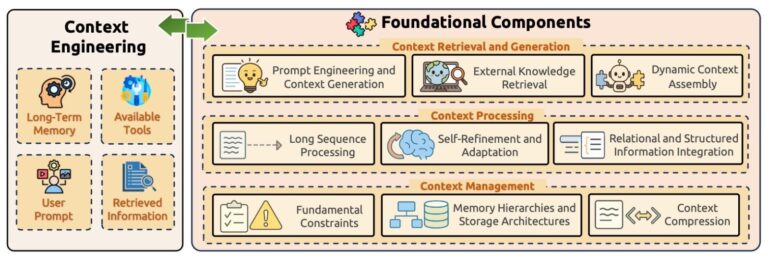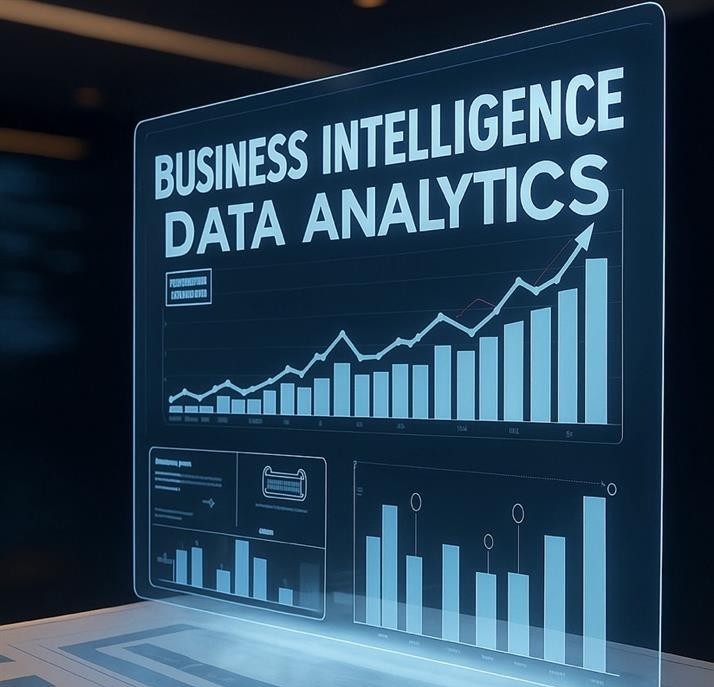Enterprise resource planning (ERP)
Enterprise resource planning (ERP) refers to a type of software that organizations use to manage day-to-day business activities such as accounting, procurement, project management, risk management and compliance, and supply chain operations. A complete ERP suite also includes enterprise performance management, software that helps plan, budget, predict, and report on an organization’s financial results. ERP systems tie together a multitude of business processes and enable the flow of data between them. By collecting an organization’s shared transactional data from multiple sources, ERP systems eliminate data duplication and provide data integrity with a single source of truth.

Enterprise resource planning (ERP) refers to a type of software that organizations use to manage day-to-day business activities such as accounting, procurement, project management, risk management and compliance, and supply chain operations. A complete ERP suite also includes enterprise performance management, software that helps plan, budget, predict, and report on an organization’s financial results.
ERP systems tie together a multitude of business processes and enable the flow of data between them. By collecting an organization’s shared transactional data from multiple sources, ERP systems eliminate data duplication and provide data integrity with a single source of truth.
ERP system
How can these solutions manage organizations’ day-to-day business activities, such as accounting, finance, procurement, project management, supply chain, and manufacturing.
Enterprise resource planning systems are complete, integrated platforms, either on-premises or in the cloud, managing all aspects of a production-based or distribution business. Furthermore, ERP systems support all aspects of financial management, human resources, supply chain management, and manufacturing with your core accounting function.
ERP systems will also provide transparency into your complete business process by tracking all aspects of production, logistics, and financials. These integrated systems act as a business’s central hub for end-to-end workflow and data, allowing a variety of departments to access.
ERP fundamentals
ERP systems are designed around a single, defined data structure (schema) that typically has a common database. This helps ensure that the information used across the enterprise is normalized and based on common definitions and user experiences. These core constructs are then interconnected with business processes driven by workflows across business departments (e.g. finance, human resources, engineering, marketing, and operations), connecting systems and the people who use them. Simply put, ERP is the vehicle for integrating people, processes, and technologies across a modern enterprise.
For example: consider a company that builds cars by procuring parts and components from multiple suppliers. It could use an ERP system to track the requisition and purchase of these goods and ensure that each component across the entire procure-to-pay process uses uniform and clean data connected to enterprise workflows, business processes, reporting, and analytics.
When ERP is properly deployed at this automotive manufacturing company, a component, for example, “front brake pads,” is uniformly identified by part name, size, material, source, lot number, supplier part number, serial number, cost, and specification, along with a plethora of other descriptive and data-driven items.
Since data is the lifeblood of every modern company, ERP makes it easier to collect, organize, analyze, and distribute this information to every individual and system that needs it to best fulfill their role and responsibility.
ERP also ensures that these data fields and attributes roll up to the correct account in the company’s general ledger so that all costs are properly tracked and represented. If the front brake pads were called “front brakes” in one software system (or maybe a set of spreadsheets), “brake pads” in another, and “front pads” in a third, it would be tough for the automotive manufacturing company to figure out how much is spent annually on front brake pads, and whether it should switch suppliers or negotiate for better pricing.
A key ERP principle is the central collection of data for wide distribution. Instead of several standalone databases with an endless inventory of disconnected spreadsheets, ERP systems bring order to chaos so that all users—from the CEO to accounts payable clerks—can create, store, and use the same data derived through common processes. With a secure and centralized data repository, everyone in the organization can be confident that data is correct, up-to-date, and complete. Data integrity is assured for every task performed throughout the organization, from a quarterly financial statement to a single outstanding receivables report, without relying on error-prone spreadsheets.
The business value of ERP
It’s impossible to ignore the impact of ERP in today’s business world. As enterprise data and processes are corralled into ERP systems, businesses can align separate departments and improve workflows, resulting in significant bottom-line savings. Examples of specific business benefits include:
Improved business insight from real-time information generated by reports
Lower operational costs through streamlined business processes and best practices
Enhanced collaboration from users sharing data in contracts, requisitions, and purchase orders
Improved efficiency through a common user experience across many business functions and well-defined business processes
Consistent infrastructure from the back office to the front office, with all business activities having the same look and feel
Higher user-adoption rates from a common user experience and design
Reduced risk through improved data integrity and financial controls
Lower management and operational costs through uniform and integrated systems
ERP Implementation and Overview
1. Implementation
Implementing an ERP system requires significant changes in how employees work. Organizations typically use the following services during implementation:
- Consulting: Experts guide planning and setup.
- Customization: Tailoring the software to specific business needs.
- Support: Ongoing technical and user assistance.
Implementation time depends on factors such as business size, the number of modules, customization level, process changes, and user readiness. Typical timelines:
- Small businesses: A few months
- Large enterprises: Around 14 months, often involving over 100 consultants
- Multinational companies: Can take years
Modular ERP systems allow phased implementation.
2. Process Preparation
ERP implementation often requires changing existing business processes. Poor understanding of required changes is a common cause of project failure. Challenges can stem from:
- System complexity
- Process redesign
- Infrastructure limitations
- Inadequate training
- Lack of motivation
To reduce risks, companies should:
- Align current processes with business strategy
- Evaluate process effectiveness
- Understand existing automation tools
Decentralized organizations face more difficulty due to inconsistent rules, processes, and structures across departments. This may require staged implementation or customized integration strategies.
3. Configuration
ERP systems offer extensive configuration options. Configuration means setting up the system to reflect organizational structures and policies. For example:
- Defining approval workflows
- Setting up organizational hierarchies
- Establishing notification rules
Configuration is required before use and is designed to be upgrade-safe, predictable, and managed by the ERP vendor.
4. Customization
Customization addresses functionality gaps in ERP software and includes:
- Modifying system code
- Adding custom modules
- Integrating external tools
Key differences between configuration and customization:
- Configuration is essential and supported by the vendor.
- Customization is optional and must be maintained by the organization.
Advantages of customization:
- Improved user acceptance
- Competitive differentiation
Disadvantages:
- Increased cost and complexity
- Difficulty with upgrades
- Reduced integration compatibility
- Risk of overdependence on custom features
5. Two-Tier ERP
A two-tier ERP strategy uses:
- Tier 1: Corporate-level ERP
- Tier 2: Independent ERP for subsidiaries or departments
This setup is helpful for companies with:
- Diverse global operations
- Different regional or business-unit needs
Benefits include quicker and cheaper deployment at the division level. However, it requires additional integration work to share data across systems.
6. Extensions
ERP systems can be extended using third-party software through vendor-approved interfaces. Common extensions include:
- Customer Relationship Management (CRM)
- Product Lifecycle Management (PLM)
- Data mining and analytics
- E-procurement
- Product Data Management (PDM)
7. Data Migration
Data migration is the transfer of data from legacy systems to the new ERP system. It is a critical phase that requires careful planning and usually occurs late in the implementation.
Migration steps:
- Identify required data
- Set migration timelines
- Create data templates
- Freeze tools and processes
- Set up business accounts and archiving policies
Incomplete or incompatible data may require legacy systems to be archived for reference.
8. Advantages of ERP
ERP systems offer the following advantages:
- Integrated data across departments
- Improved decision-making through real-time information
- Reduced errors and manual tasks
- Streamlined operations and standardized workflows
Examples of improved tasks:
- Sales forecasting and inventory optimization
- Complete transaction history tracking
- Order and revenue tracking
- Cost verification and inventory matching
ERP centralizes data, making it easier to:
- Ensure data accuracy and transparency
- Eliminate redundant systems
- Secure information through unified access controls
9. Benefits
- Greater flexibility and adaptability to change
- Improved internal collaboration and communication
- Enhanced security and control over sensitive data
- Better forecasting, planning, and analytics through consolidated insights
10. Disadvantages
- Customization may complicate upgrades
- Reengineering business processes may reduce competitiveness
- High costs for implementation, training, and maintenance
- Resistance to sharing data across departments
- Time-consuming harmonization across large enterprises
- Risk of creating system dependency and integration overhead
Reference:
https://www.oracle.com/in/erp/what-is-erp/
https://preferhub.com/enterprise-resource-planning-services/
https://en.wikipedia.org/wiki/Enterprise_resource_planning




